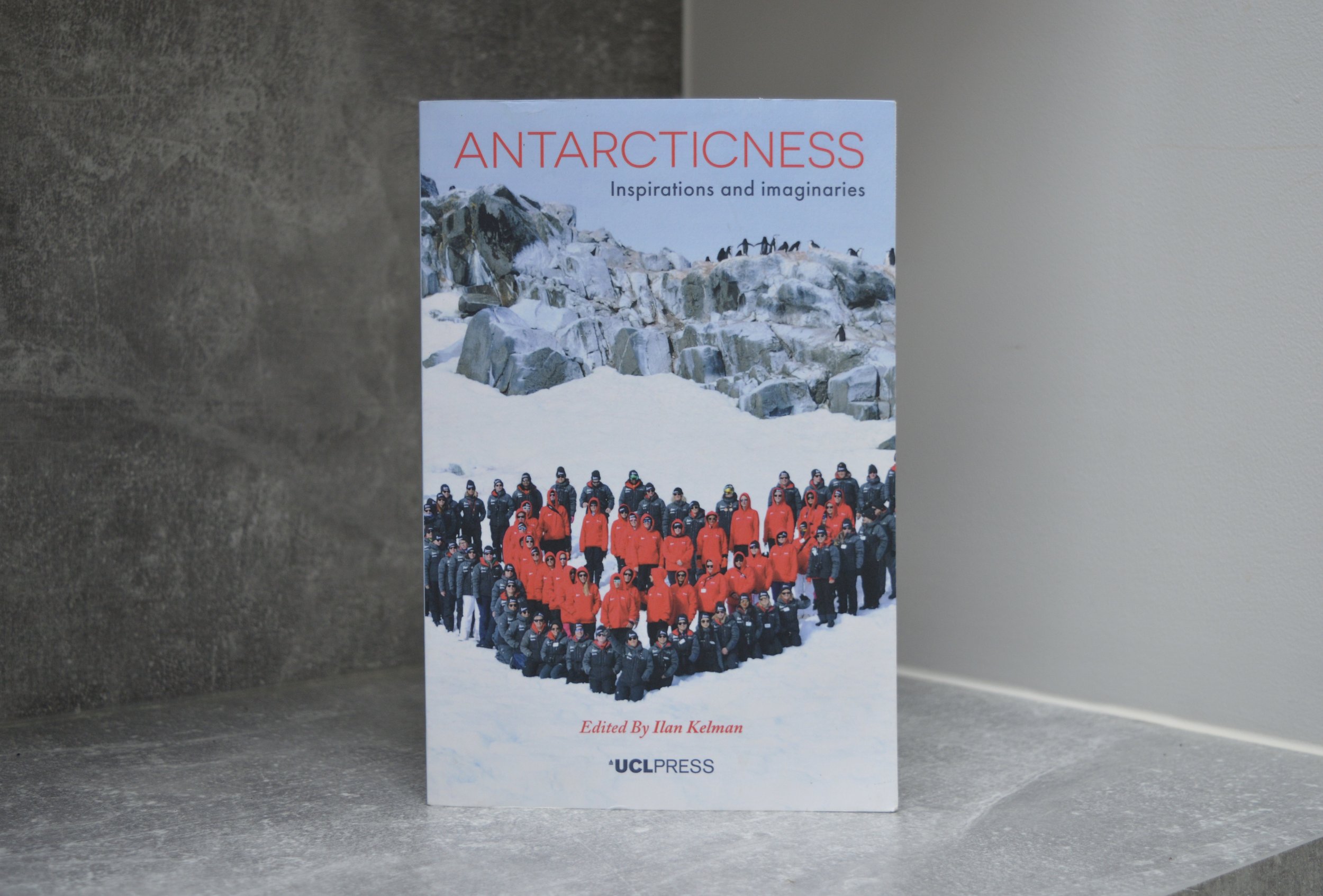Antarcticness
“We all affect Antarctica through our daily choices (for those with such choices) and we are all affected by Antarctica through its decadal changes. We create and destroy Antarcticness.” (p.4)
December 2023
Overall verdict: ★ ★ ★ ★
Why this book?
Having thoroughly enjoyed the previously published Arcticness, I eagerly awaited the publication of Antarcticness. Since I first starting teaching seven years ago, Antarctica as a topic has featured persistently in our Year 7 geography curriculum. The decision to keep it as a topic at Key Stage 3 is something that I plan to write about elsewhere but despite my belief in its value as a topic, I’ve never quite felt secure enough in my subject knowledge on the continent- relying too much on articles published in the mainstream media and struggling to find things beyond this. Thus the diversity of chapters and content in this book is incredibly valuable. What’s particularly fantastic is that, similarly to Arcticness, this book has been published for free online and thus is a great resource for both teachers and A-Level students alike.
For students:
The chapters listed below would be accessible, and of interest, to A-Level students wanting to extend their knowledge:
Foreword
Here we are asked how we would describe Antarctica. Offering a short A short introduction, the foreword will stimulate your critical thinking about this continent.
Chapter 1: Proffering Antarcticness
Why is Antarctica unique? What is it like there? What have we used the continent for? What might the future hold for the continent? In this short chapter these questions are posed (and begin to be addressed). This short chapter will cause you to begin to think about Antarctica in a broader sense- as a continent, as a wilderness but also as a rapidly changing place.
Chapter 2: Voyage into Antarcticness: A photo essay
This series of photographs serves to introduce, or remind us of, the interrelationship between humans and nature in Antarctica.
For teachers:
The book is awash with quotes and ideas about the continent to build into our teaching resources for Antarctica. As Editor Ilan Kelman writes, this book considers how Antarctica invites us to explore the beating heart of our blue planet through different lens. The following points are, in my opinion, each worthy of discussion and exploration in our geography classrooms and curriculum:
‘There are no native people in Antarctica; there never have been. As human, we are visitors only.’ (Foreword)
‘It may be the braver, bolder choice not to travel to the White Continent. Antarctica is beautiful even if we are not there to see it.’ (Foreword)
What is wilderness? ‘The space of wilderness is an imaginary concept’ (p.133)
Antarctica is labelled seventh, white, ice, southern, unowned, unknown, high, cold, dry, windy, isolated, scientific, the end, the bottom, uninhabited and peaceful. To what extent do these labels apply?
